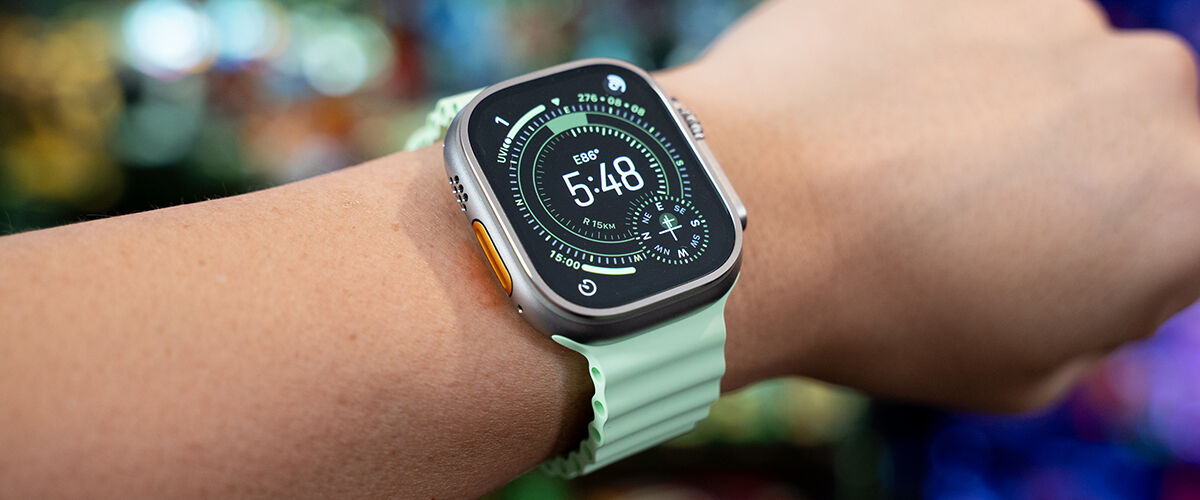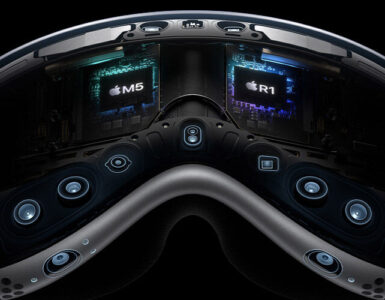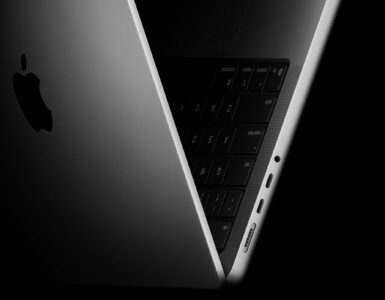Two years is a long time in the world of fitness wearables, and after skipping 2024, Apple has returned to the premium health tracker market with the Watch Ultra 3, the latest in its family of devices that promises to take the adventure-focused smartwatch from more than capable to being indispensable. But few could anticipate that after such a long wait, Apple has also done the unthinkable – release an impressive Apple Watch 11 and Apple Watch SE3 – two other fitness wearables that also offer just about enough to make you question if there is enough to justify a premium upgrade from the original, the Ultra 2, or devices from the previous Apple Watch family.
On the surface, not much has changed as the familiar titanium chassis remains, as does the distinctive orange Action button on the left side, and the crown and second button on the right. Available in Natural aka silver, and Black Titanium, the Ultra 3 maintains that rugged, premium aesthetic that made its predecessors stand out. In fact, anyone would be hard-pressed to easily identify this year’s model from two years ago, but dig deeper, and there are meaningful improvements that make this more than just an incremental update.
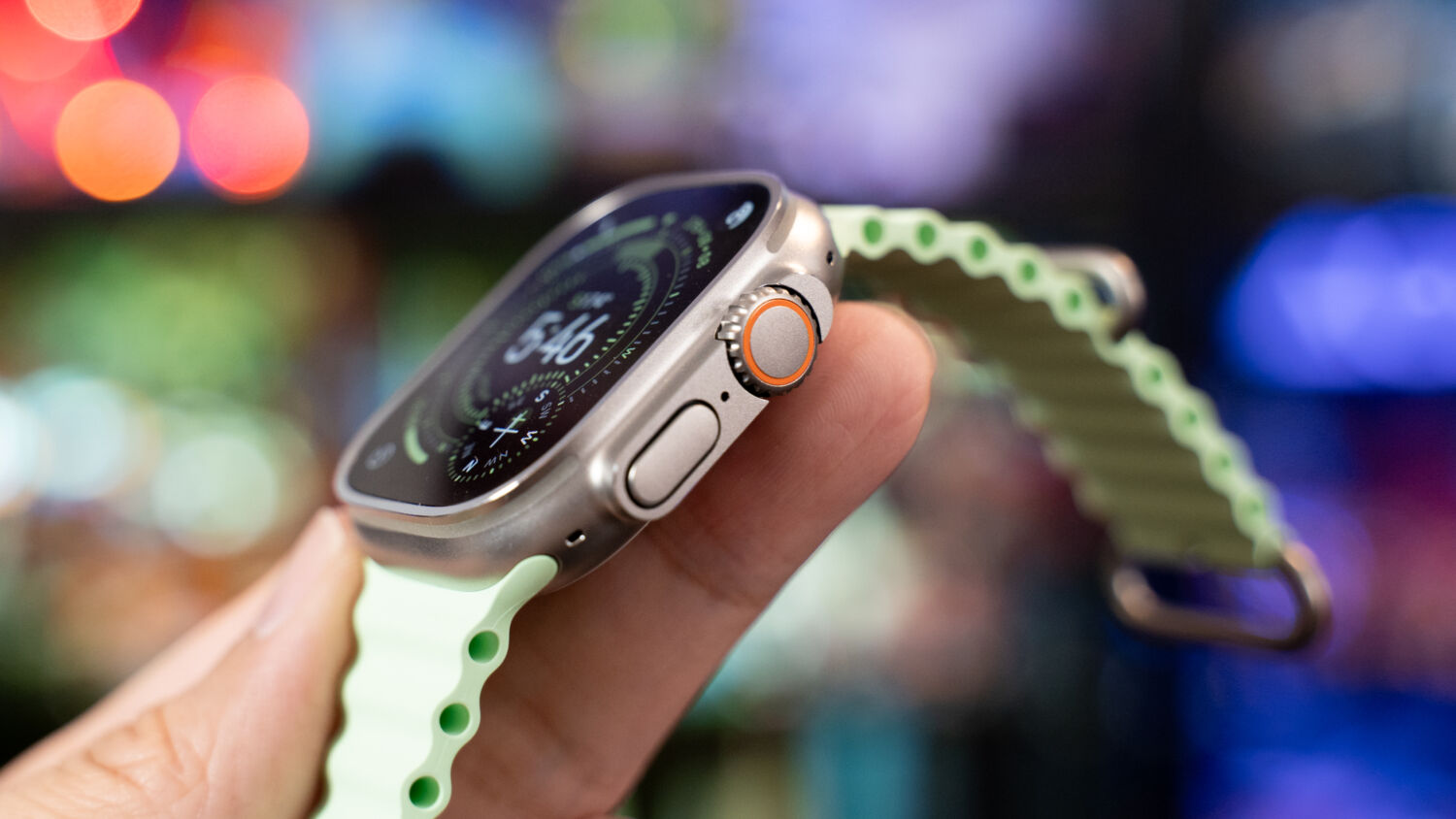
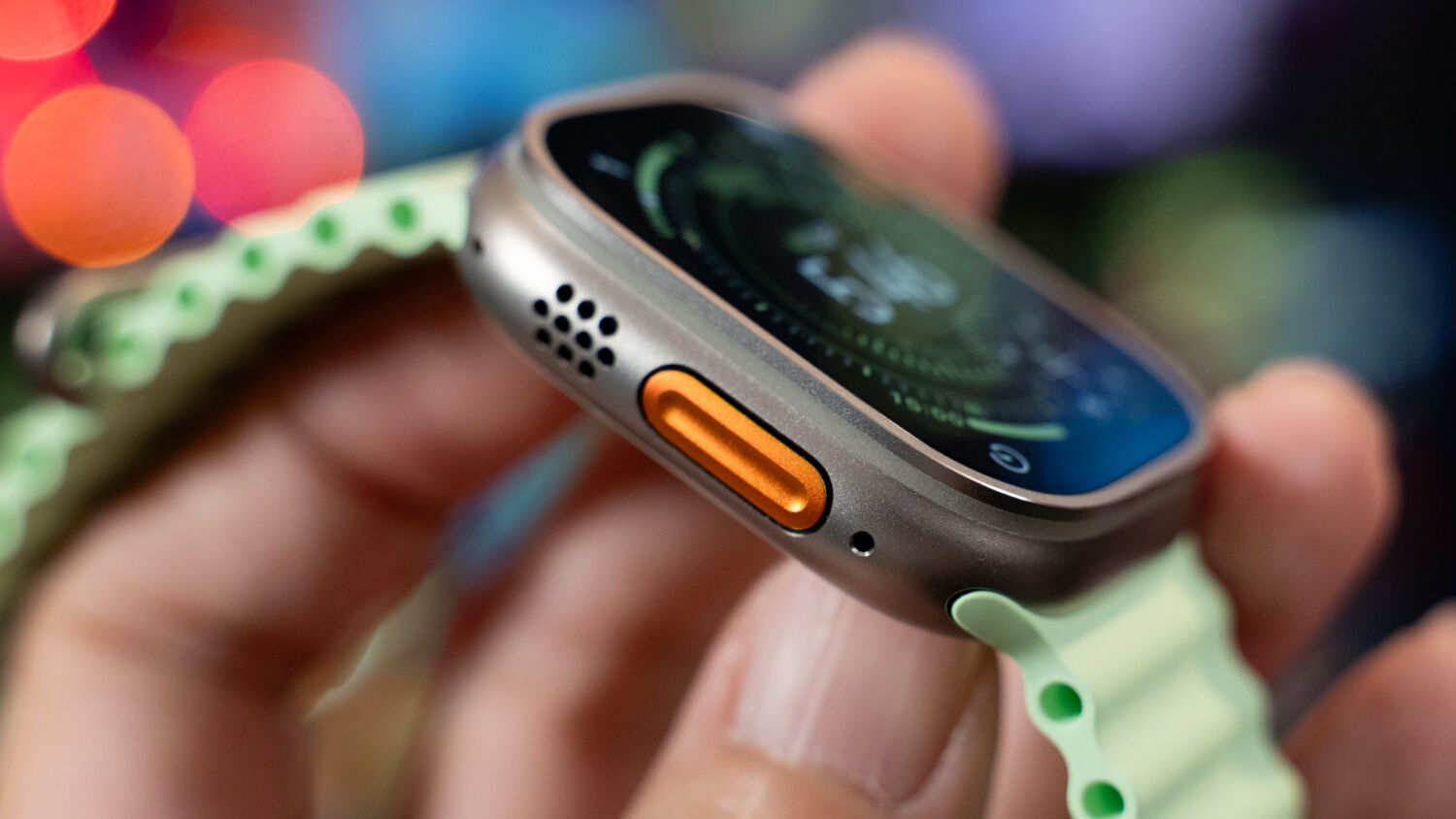
Out of the box, the display has received the most welcome upgrade, as at 422 x 514 pixels, it is now the largest display ever on an Apple Watch, and achieved without increasing the chassis, but by trimming down the bezels. The new LTPO3 OLED display matches what we saw on last year’s Series 10, offering a faster refresh rate while in always-on mode, for those who prefer to see watch faces with movements. New is the wide-angle OLED technology that provides up to 40 per cent more brightness when viewed off-axis, making it easier to glance at your wrist during incoming notifications or activities, without needing to lift it directly to your face.
For those who’ve been watching their blood pressure with concern, or those with a family history of hypertension, the Ultra 3 introduces blood pressure detection and tracking. Much like last year’s sleep apnea detection, this is not a medical feature, and unlike traditional blood pressure devices, it won’t give you exact systolic and diastolic readings. Instead, it tracks trends over time and will alert you if it detects signs of chronic high blood pressure. Together with sleep apnea, the Apple Watch family of devices now serves as a preventive health tool rather than a diagnostic one, and as a user who was alerted to a sleep apnea condition through the Apple Watch Ultra 2, such offerings are appreciated, as they can inform and even save the lives of those not specifically on the lookout for such health concerns.
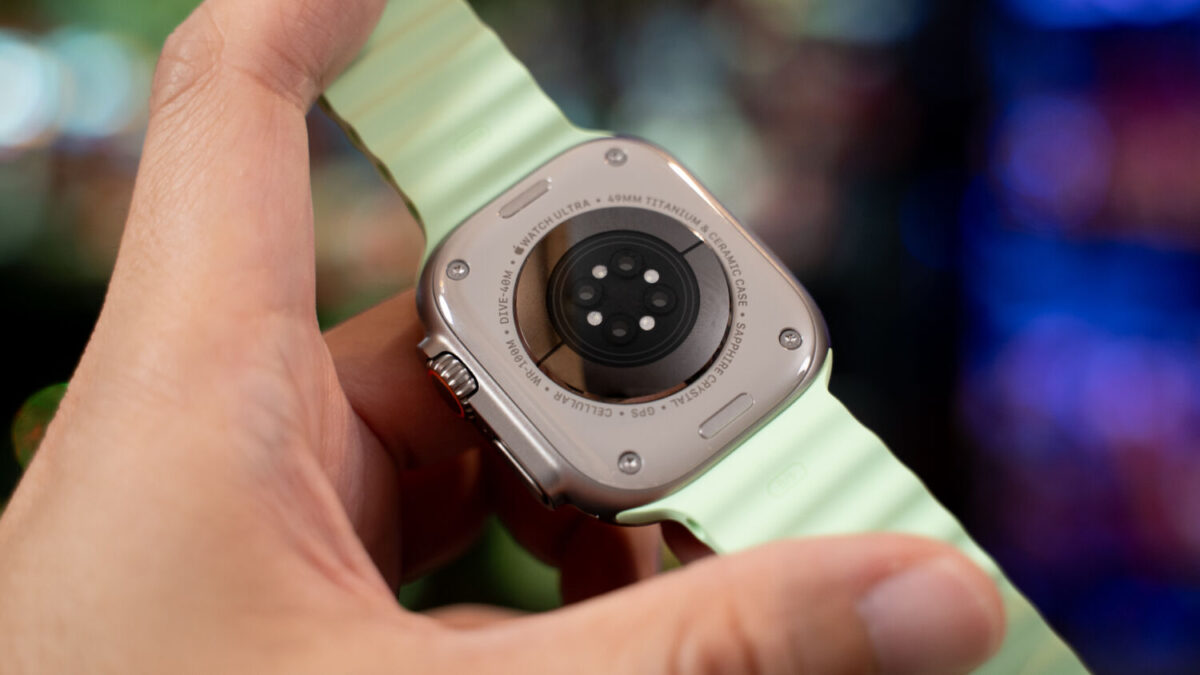
For those of you who dislike charging your wearables every single day, due to the small device packing an even smaller battery, Apple now claims up to 42 hours of normal use, up from 36 hours on the Watch 2, though both still offer 72 hours of use in Low Power Mode. In our testing with daily workouts, sleep tracking, and moderate usage, we consistently hit two full days before needing a charge early in the morning, which is an improvement over the Ultra 2’s real-world performance. It also comes with faster charging, and a 30-minute charge gets you from 10 per cent to about 80 per cent, which is remarkably convenient when you take a shower in the morning. For divers planning multi-day trips, this is welcome news, though it still falls short of what some dedicated dive computers from Garmin offer.
The new S10 chip brings the expected performance improvements, making the wrist device perform snappier. The four-core neural engine supports new watchOS 26 features, including the intriguing Workout Buddy powered by Apple Intelligence. This feature uses AI to provide real-time coaching during workouts, automatically selecting music from Apple Music that matches your pace and intensity and offering audio prompts to spur you to run faster to hit your stride. It’s an early glimpse of what Apple Intelligence can do on the wrist, though it requires an Apple Intelligence-enabled iPhone nearby, and preferably a pair of AirPods Pro to function.
For those looking to track their health, another feature that deserves mention is Sleep Score, which is now available across multiple Watch models via watchOS 26. Instead of just tracking sleep duration, the Watch now provides a comprehensive score based on sleep quality, helping users understand not just how long they slept, but how well and when paired with the blood pressure monitoring, it creates a more holistic picture of overall health.
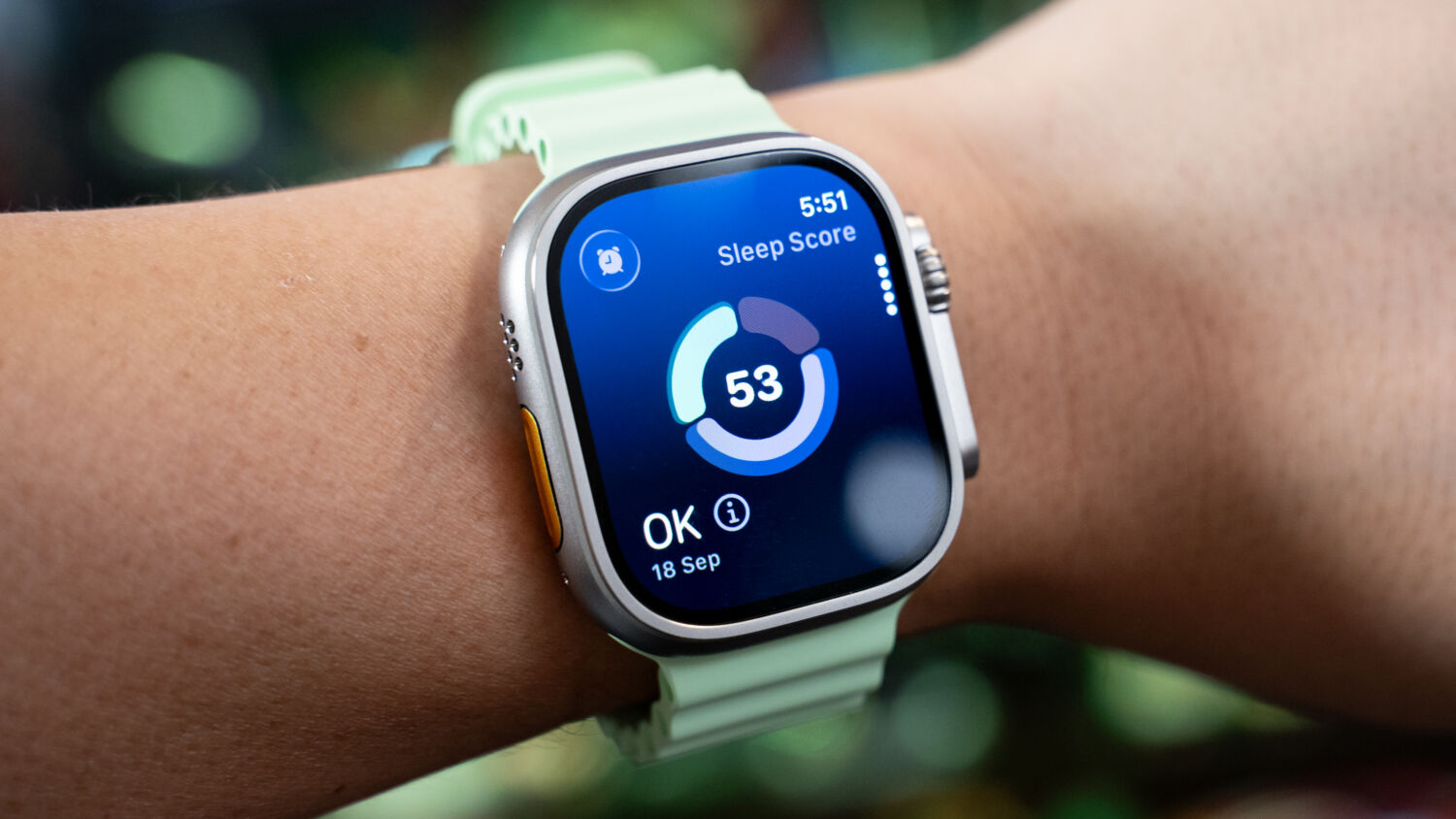
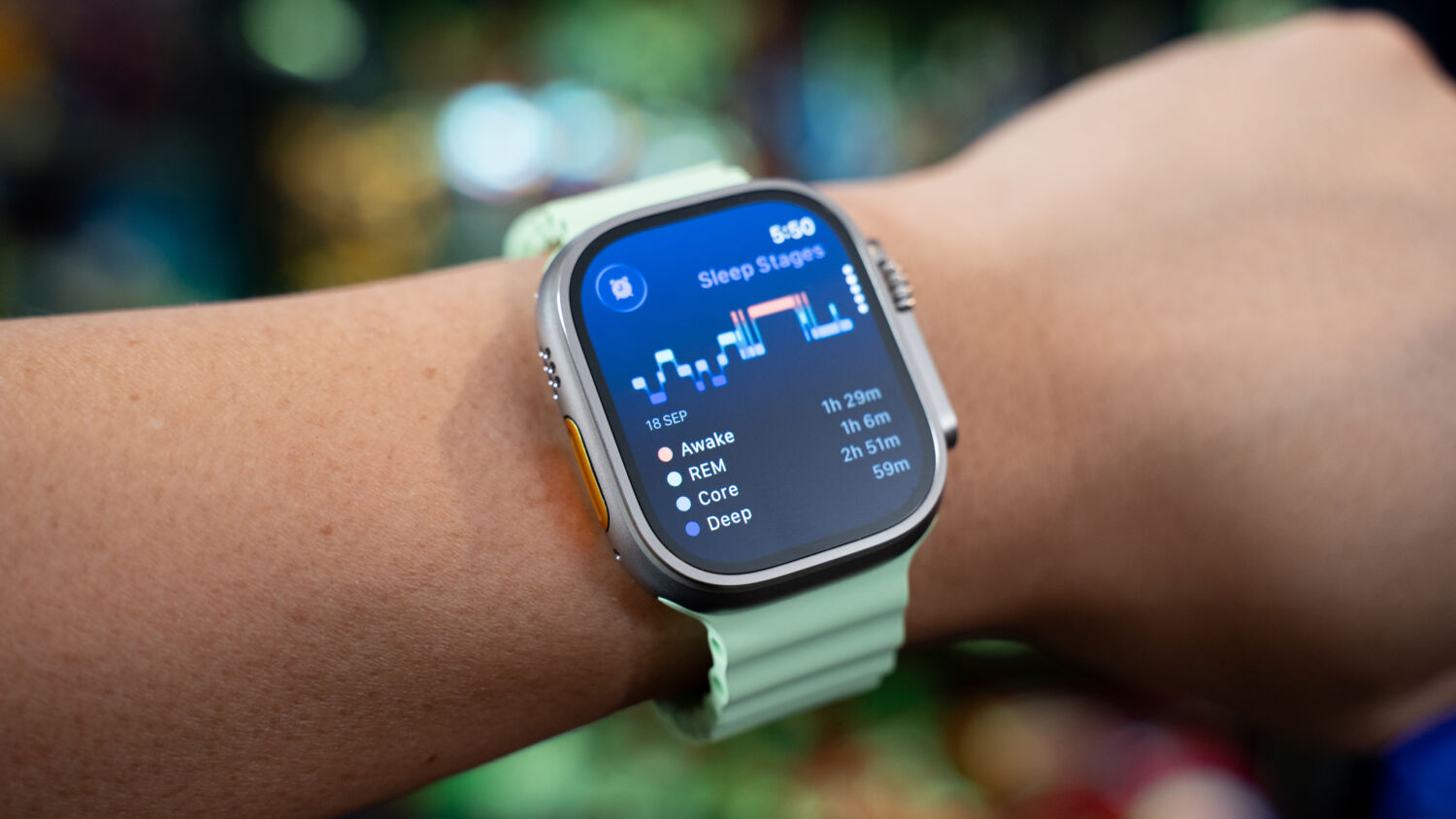
For divers, the GPS performance has also been enhanced, and Apple claims it’s now the most accurate GPS in a sports watch. Along with this is also the latest headline feature – satellite connectivity. Originally introduced on the iPhone 14, the feature now comes to the Watch Ultra family and allows the device to connect to a satellite, to send out emergency SOS messages, send messages via the Messages app, or send your Location in Find My. For hikers, divers, and anyone who ventures beyond cellular coverage, this is game-changing. For those living in Singapore, where there is connectivity covering the entire island, it’s not necessarily a feature that would be the most useful, but if you are travelling overseas and out of urban areas, you can now text emergency services, message friends and family, and share your location, all while completely off the grid.
So, should you upgrade? If you’re coming from the original Watch Ultra or the normal Watch series, the combination of satellite connectivity, better display, improved battery life, and health monitoring features makes a compelling case. Specifically for Ultra 2 owners, though, it’s a tougher decision, as aside from the satellite connectivity, which is genuinely useful only if you spend a significant amount of time in remote areas, and a better battery, the new improvements are more evolutionary than revolutionary.
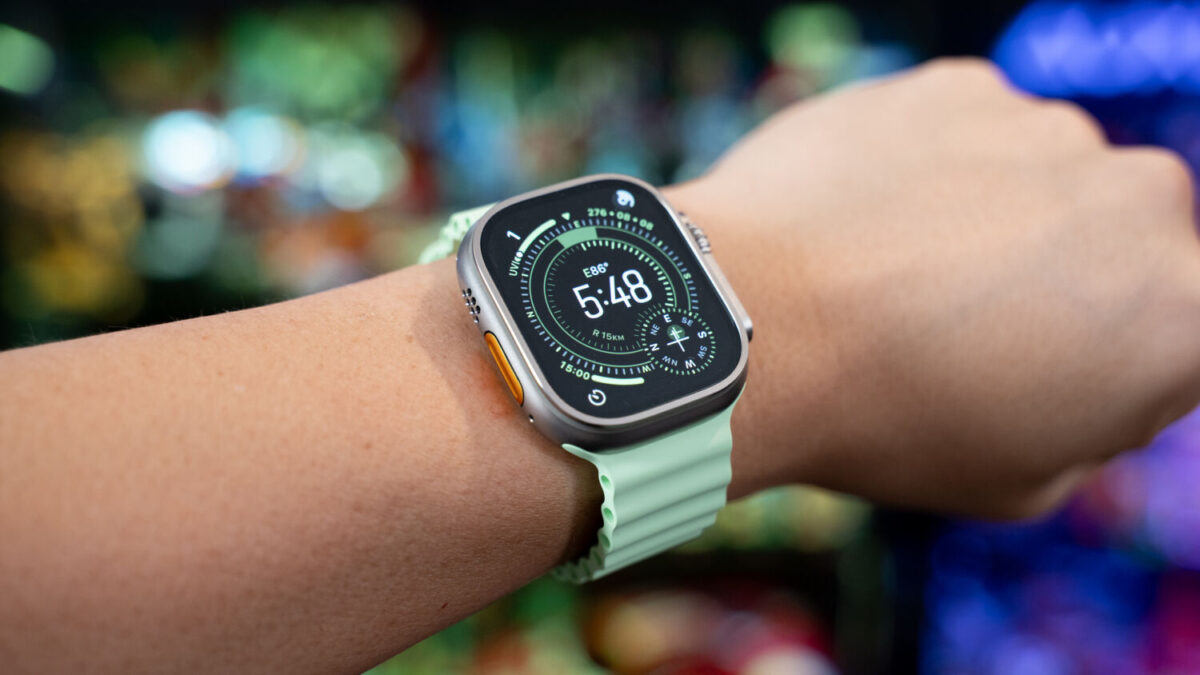
What’s clear is that Apple has taken the feedback from the past two years and addressed many of the concerns that early adopters had. The Watch Ultra 3 is more capable, more connected, and more focused on being a genuine companion for adventurers who need reliability when it matters most. It’s not perfect, especially since most of the features here are also available on the new Watch 11 series, with the key ones also on the entry-level Watch SE 3, and the S$1,299 is steep – but for those who need what it offers, there’s no better option.
GEEK REVIEW SCORE
Summary
The Watch Ultra 3 shows that Apple is committed to the range as more than just a status symbol, as it continues to be a tool for serious outdoor enthusiasts. Each iteration brings it closer to being the ultimate adventure watch that Apple envisioned, now with a larger and brighter display, and proactive health monitoring that could catch serious conditions early. Yes, it is expensive, and not everyone needs what it offers, but for those who do, it’s worth every cent.
Overall
8.8/10-
Aesthetics - 9/10
9/10
-
Build Quality - 9/10
9/10
-
Performance - 9/10
9/10
-
Value - 8/10
8/10
-
Geek Satisfaction - 9/10
9/10

